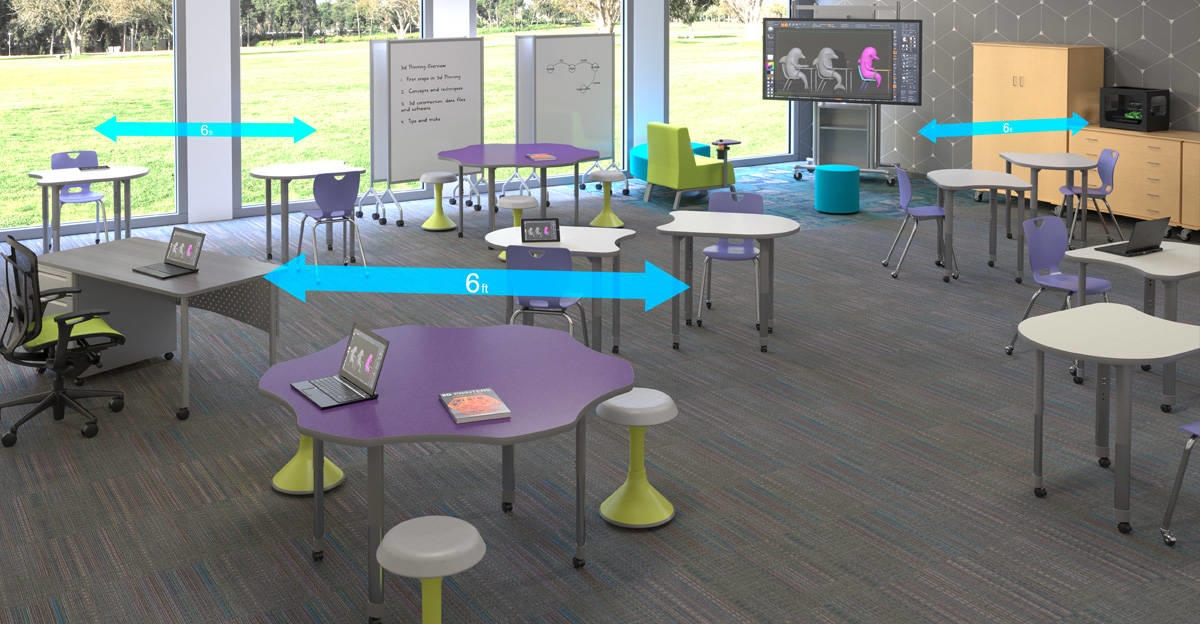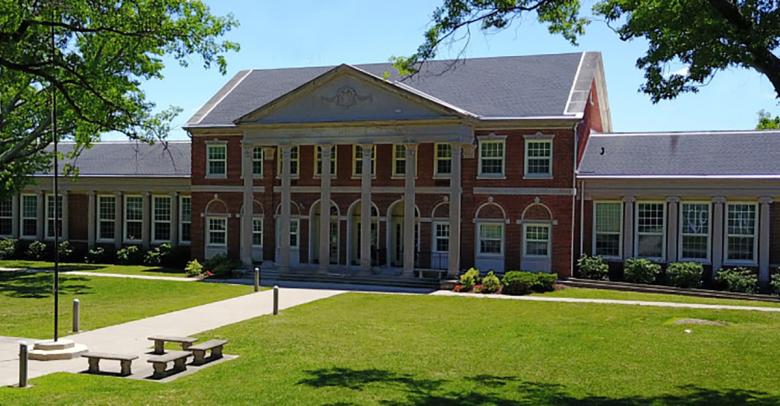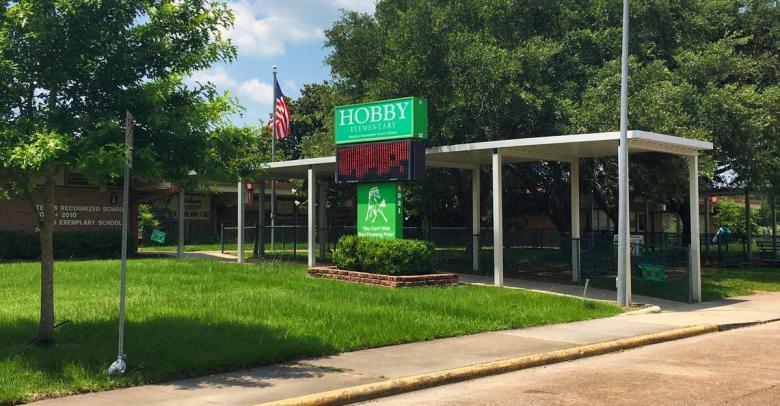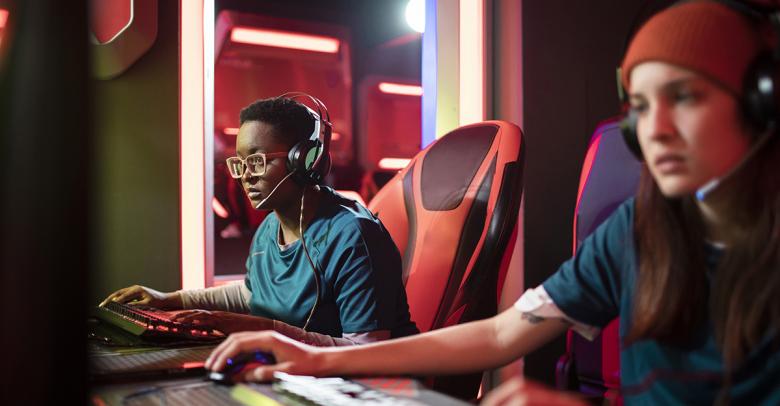Active learning techniques that ask students to fully participate in their education by thinking, exploring, discussing, creating, and sharing what they have learned can lead to deeper engagement and understanding than having students sit passively, listen, and respond to instruction — and these techniques have also been shown to boost achievement.
However, engaging students in hands-on activities, collaboration, and other active learning strategies could be hard to do when schools reopen.
New guidelines from the Centers for Disease Control and Prevention recommend that students be kept six feet apart when they return to school and that educators limit the sharing of materials to prevent the spread of the coronavirus. These recommendations will challenge educators to find creative ways of leading active learning in their classrooms while keeping everyone healthy.
The design of the learning space will play a critical role in enabling active learning to occur in a responsible manner. When thinking about what learning spaces should look like and how they should function to support active learning safely and effectively amid the pandemic, here are three key aspects to consider.
Create highly adaptable spaces
Flexibility has always been an important aspect of designing classrooms to support more active and engaging learning environments. A classroom that is flexible and easily adaptable can facilitate a wide variety of teaching strategies and learning modalities. Now, with K-12 leaders facing so many unknowns as they prepare to reopen schools, flexibility will take on even greater significance.
To give students enough room to spread out, it has been recommended that K-12 leaders de-densify classrooms. This might force leaders to convert outdoor areas, cafeterias, gymnasiums, and other non-instructional areas into impromptu learning spaces. Features such as lightweight, movable furniture and portable room dividers can help leaders convert any space into a temporary classroom.
Active learning involves student inquiry, thinking, brainstorming, creating, sharing, and discussing. To engage in this behavior, students will need some way to capture, organize, and display their thinking for others to see. Mobile whiteboards that can easily be wheeled from one location to another might be one option for equipping makeshift classrooms with the tools needed to support creativity and collaboration.
Because space will be at a premium when schools reopen, K-12 leaders will have to be as efficient as possible when furnishing each learning space. Using furniture that serves multiple purposes — such as tables, chairs, and other items that contain built-in storage — can help accomplish this goal. What’s more, desks with markerboard surfaces and other writeable surfaces can turn furnishings into additional spaces for students to be creative.
Blend physical and virtual learning environments
With students kept safely apart, collaboration will look very different. The biggest challenge will be how to facilitate group projects in which students are working together when they can’t sit right next to each other.
Educators can apply some of the lessons they learned when schools shifted to remote learning this spring by having students use shared online workspaces to work together while they’re in class, such as Google Apps, Microsoft Teams, or other collaborative platforms.
“When students return to school, we’ll see virtual workspaces augment the physical classroom space,” says Meghan Webster, a principal architect at Gensler. When designing learning spaces to support active, collaborative learning during the pandemic, think about what teachers and students will need to shift seamlessly between these physical and virtual learning environments, Webster says.
For instance, students will need a digital device to access the shared workspace. They might need to connect their device wirelessly to a flat-panel display to share information with the class as a whole. If they’ll be using their own personal device from home, they might also need a way to charge their device during school. Consider how you might supplement the existing power supplies within instructional spaces with mobile power strips or outlets.
Keep students safe and healthy
The design of a learning space can also contribute to the health and safety of students. Here are some examples of design elements that K-12 leaders can incorporate to protect students as they engage in active learning strategies.
Visual cues to help with social distancing. Younger students in particular might need visual reminders to remain at a safe distance from each other. Teachers could use tape on the floor to show students where to stand, or they might use decorative rugs to visually prompt children where to stand or sit.
Desk dividers. Erecting temporary panels or folding study carrels between student desks could provide an extra layer of protection against the spread of the COVID-19 virus.
Individual storage for supplies. Supplying students with their own storage bins and with personal supplies for making and creating can limit the sharing of materials for hands-on learning activities — thus reducing the spread of germs.
Mobile hand washing stations. Portable sinks strategically located in classrooms or high-traffic areas can encourage students to wash their hands frequently throughout the day.
Learning to adapt
Active learning might have to undergo significant changes when schools reopen. Yet, educators should look for creative ways to adapt, because engaging students in active learning strategies is too important to overlook.
By focusing on these key strategies, K-12 leaders can design rich, dynamic learning environments that support and encourage active learning even as students remain six feet apart and can’t share materials.
Cynthia Weinschreider
Cindy Eggebrecht-Weinschreider is a proven mentor, leader, and marketing strategist in the field of classroom experiences and learning environments. Her pedigree includes a degree in Business Administration, Marketing from the University of Illinois in Urbana-Champaign, IL.
For over 20 years, Cindy has held a variety of marketing, sales and channel manager positions in the education learning environment and technology industries with leading companies such as School Specialty, Paragon Furniture, Bretford, NEC Solutions (America), Inc. and Lucent Technologies. She has overseen all activities pertaining to creative, professional development, and public relations as well as leading extensive research focused on educational learning spaces.
Cindy is known for her insightful, solutions-based approach to business and her ability to counsel clients from inception to execution.







Leave a Reply